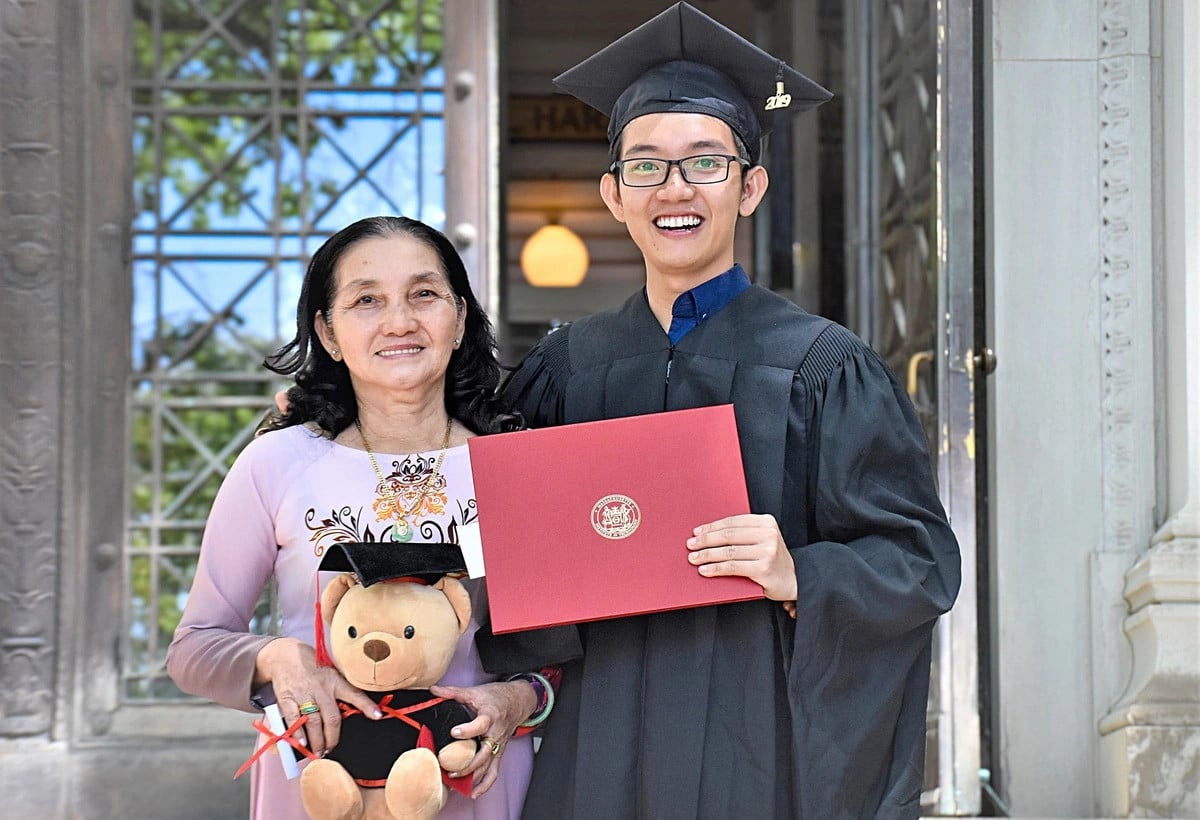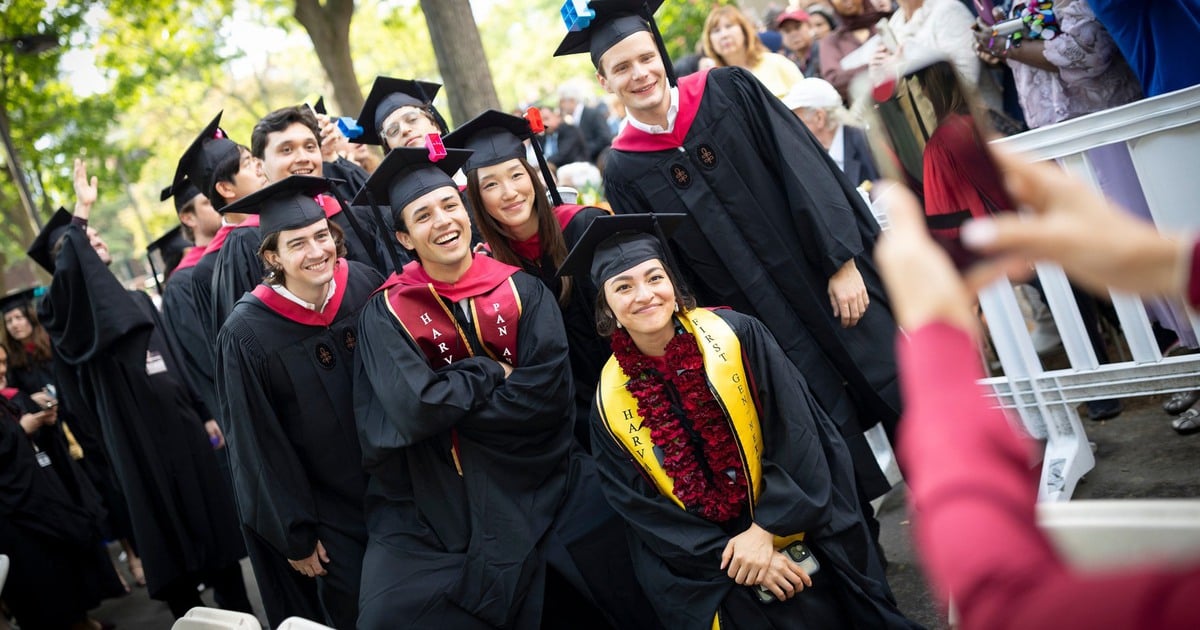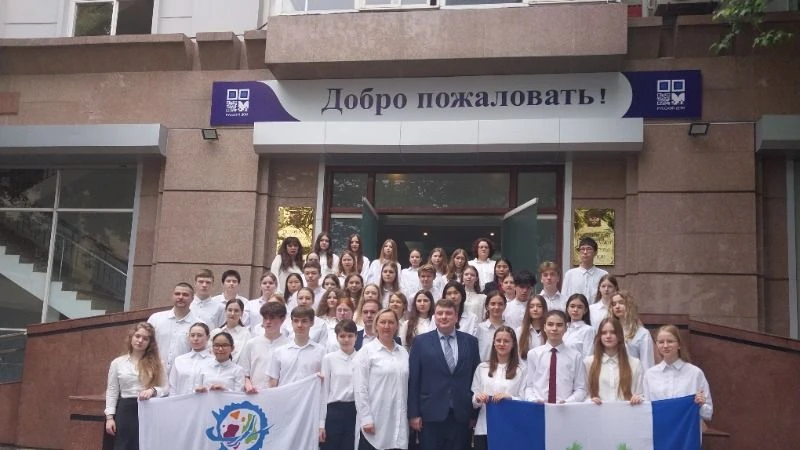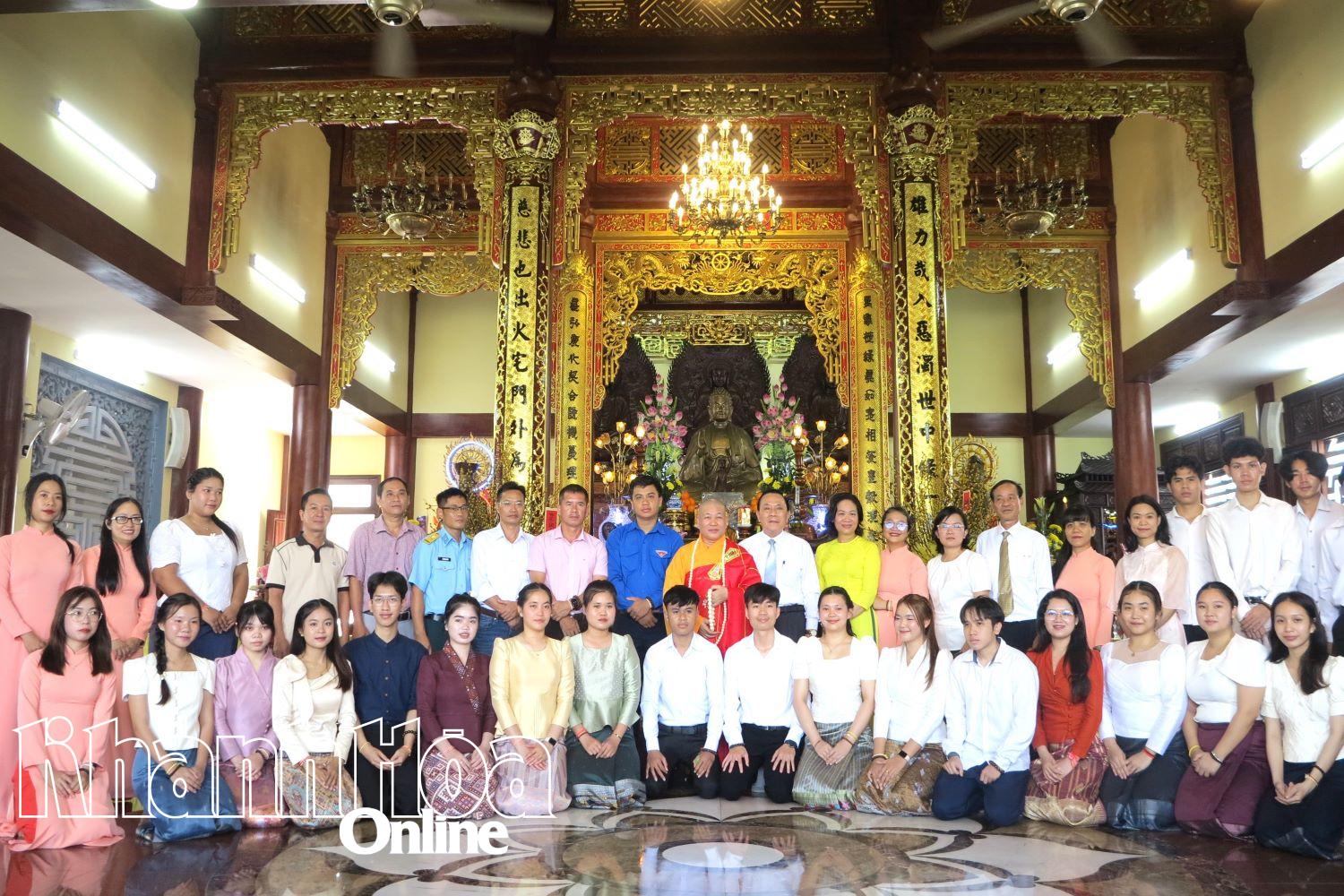After screening, candidates' profiles are discussed, voted on, and results are based on a majority vote, according to Martin Walsh, former associate director of admissions at Stanford University.
Speaking at an online study abroad seminar on the evening of January 24, Mr. Martin Walsh said that after being received, candidate profiles will go through three stages: screening and classification; reading by judges and admissions committee; and decision.
In the screening step, the admissions committee considers quantitative components of the application, including grade point average (GPA), scores on tests such as SAT, ACT (standardized tests used for university admission in the US), class rank, scores on advanced placement (AP) classes, etc.
Then, the judges look at extracurricular activities, research, projects, essays, and letters of recommendation. During his two-plus years at Stanford, Martin’s job was to read applications, analyze them, and decide whether to put a student on a “committee,” where everyone comes together to make a decision.
In the final round, everything is discussed as in a courtroom and the candidate is like being "on trial", according to Mr. Martin. Each essay and recommendation letter is read aloud for everyone to hear. The admissions committee members review everything comprehensively, vote, and make the result based on the majority vote.

Mr. Martin Walsh, former vice president of admissions at Stanford University. Photo: Crimson Education
Stanford University, ranked 5th in the world according to the QS 2024 rankings, wants to admit students who are creative, problem solvers and want to make an impact on the world. The first criteria the admissions committee considers is academic scores, experts say.
The GPA of applicants to Stanford is 3.8-4.0/4.0, SAT score ranges from 1470-1570/1600, and ACT is 34-35/36.
“However, good grades are not enough, schools want more than that. In admissions, we have a term called ‘intellectual vitality’,” said Mr. Martin.
“Intellectual vitality” is reflected in students who do not limit their learning to the classroom. They are passionate about seeking out new knowledge and information, enjoy participating in academic conversations and lectures, and are always looking for such opportunities. Stanford believes that this is one of the key factors that drives innovation and creativity.
Candidates with a record of leadership and creativity also impress the admissions committee. Not only do they participate in extracurricular activities and projects, they also rise to leadership positions, perhaps becoming club leaders or sports team captains...
Additionally, Stanford wants to build a student body that is diverse in background, experience, and perspective. Therefore, the school prefers applicants with diverse and unique perspectives. Students from different backgrounds are able to approach problems in a more diverse way, thereby creating more creative and effective problem-solving methods.
Other criteria such as extracurricular achievements and personal qualities are also taken into account in evaluating candidates.
Mr. Martin said he has read more than 5,000 applications in many years as an admissions consultant and found three common mistakes that Vietnamese students in particular and Asian students in general make.
First, many students only focus on getting high scores, without taking subjects related to the major they are applying for. He gave an example of candidates applying for computer science majors but their applications do not include subjects, test scores or programs related to this major such as Math, coding, Computer Science..., while focusing too much on IELTS, SAT, ACT and retaking the exam many times.
Second, extracurricular activities account for 30% of the application, but candidates only participate in available activities in school without expanding to outside competitions or international playgrounds. Or some candidates participate in extracurricular activities but are passive, not showing development and leadership potential.
"Choosing activities that are too common and general and do not support the student's personal color will make the profile lackluster," he shared.
Ultimately, many candidates miss out on early admissions, write essays that lack personal color, are purely about sharing achievements, and are unprepared when invited for interviews.
To have a competitive application to Stanford, experts recommend that applicants have higher than average SAT/ACT scores, a strong essay, and clearly demonstrate their character and potential contribution to the Stanford community. In addition, students should apply early to have a higher chance of being admitted.
Dawn
Source link


![[Photo] Phuc Tho mulberry season – Sweet fruit from green agriculture](https://vstatic.vietnam.vn/vietnam/resource/IMAGE/2025/4/10/1710a51d63c84a5a92de1b9b4caaf3e5)
![[Photo] Prime Minister Pham Minh Chinh chairs meeting to discuss tax solutions for Vietnam's import and export goods](https://vstatic.vietnam.vn/vietnam/resource/IMAGE/2025/4/10/19b9ed81ca2940b79fb8a0b9ccef539a)















































































![[Photo] Silk ribbons connect the harvest season](https://vstatic.vietnam.vn/vietnam/resource/IMAGE/2025/4/11/8c416981570441889721443f115dc7f6)













Comment (0)